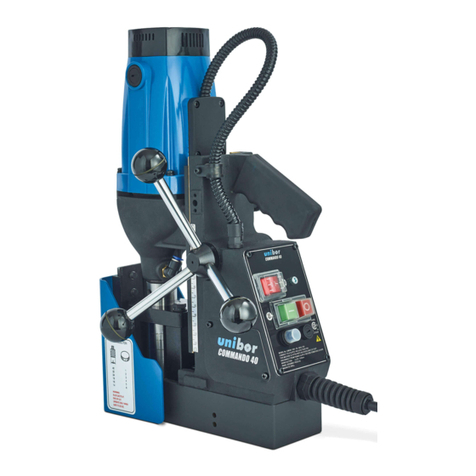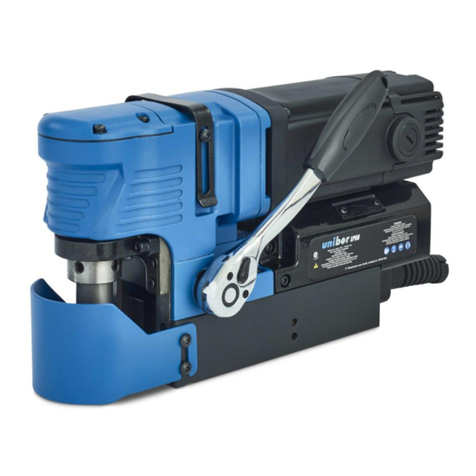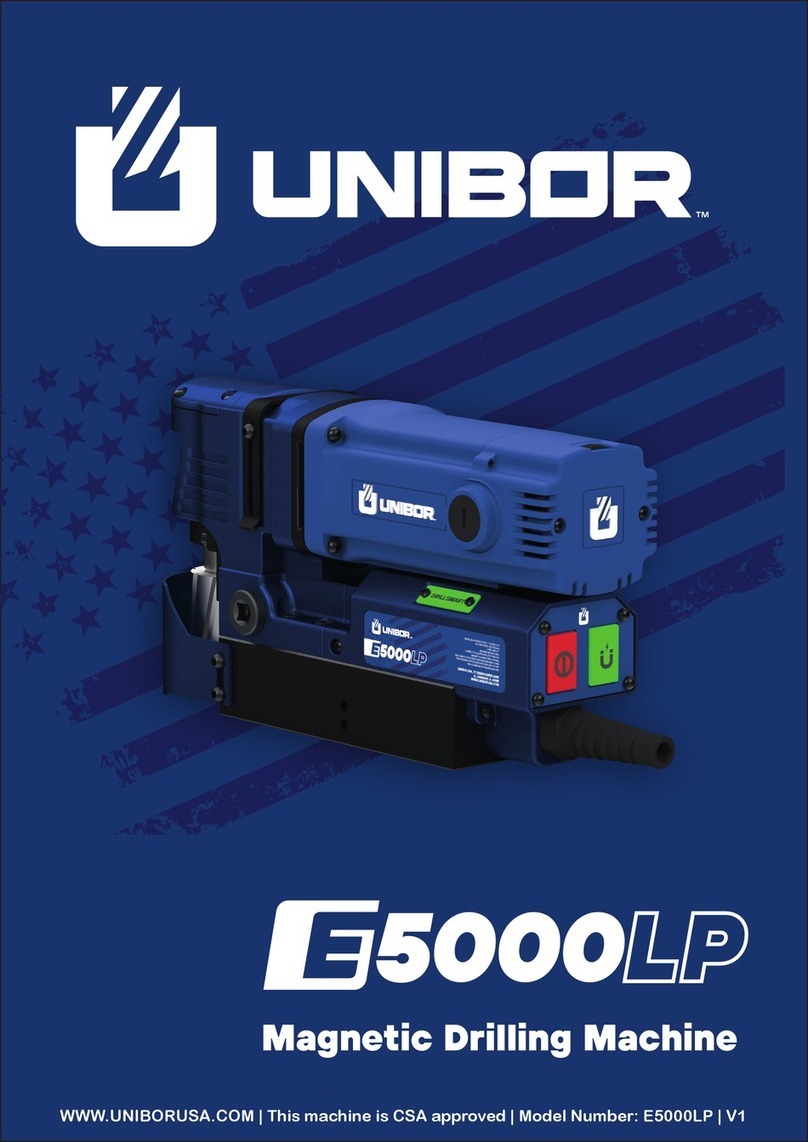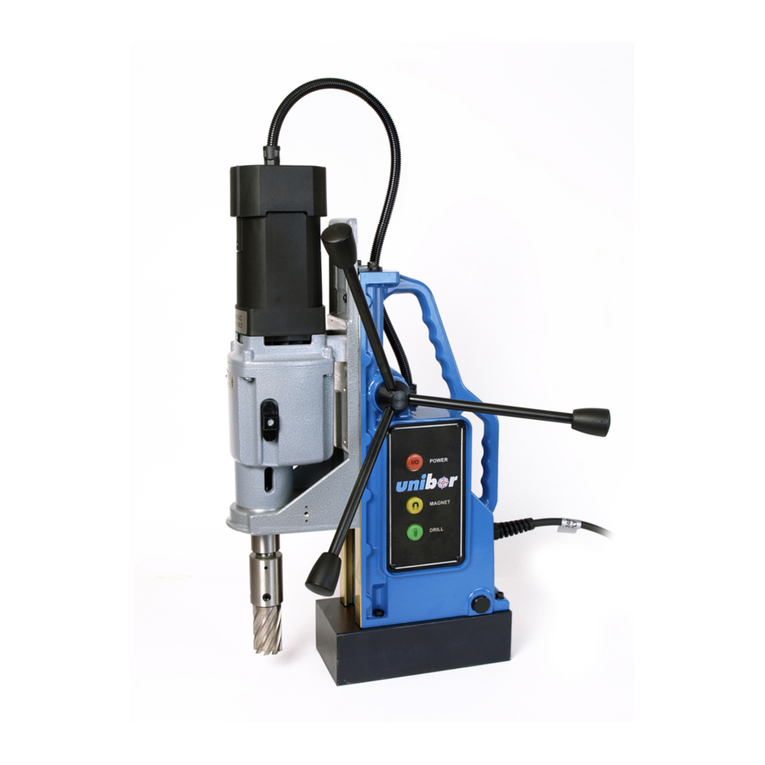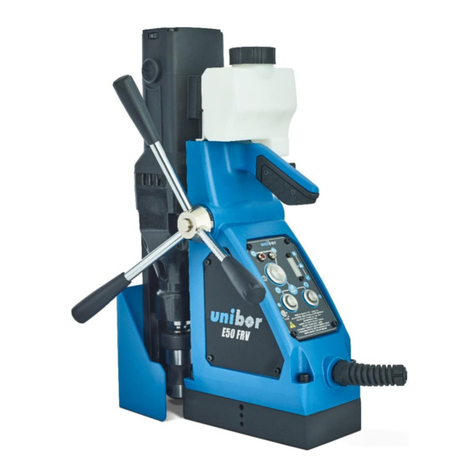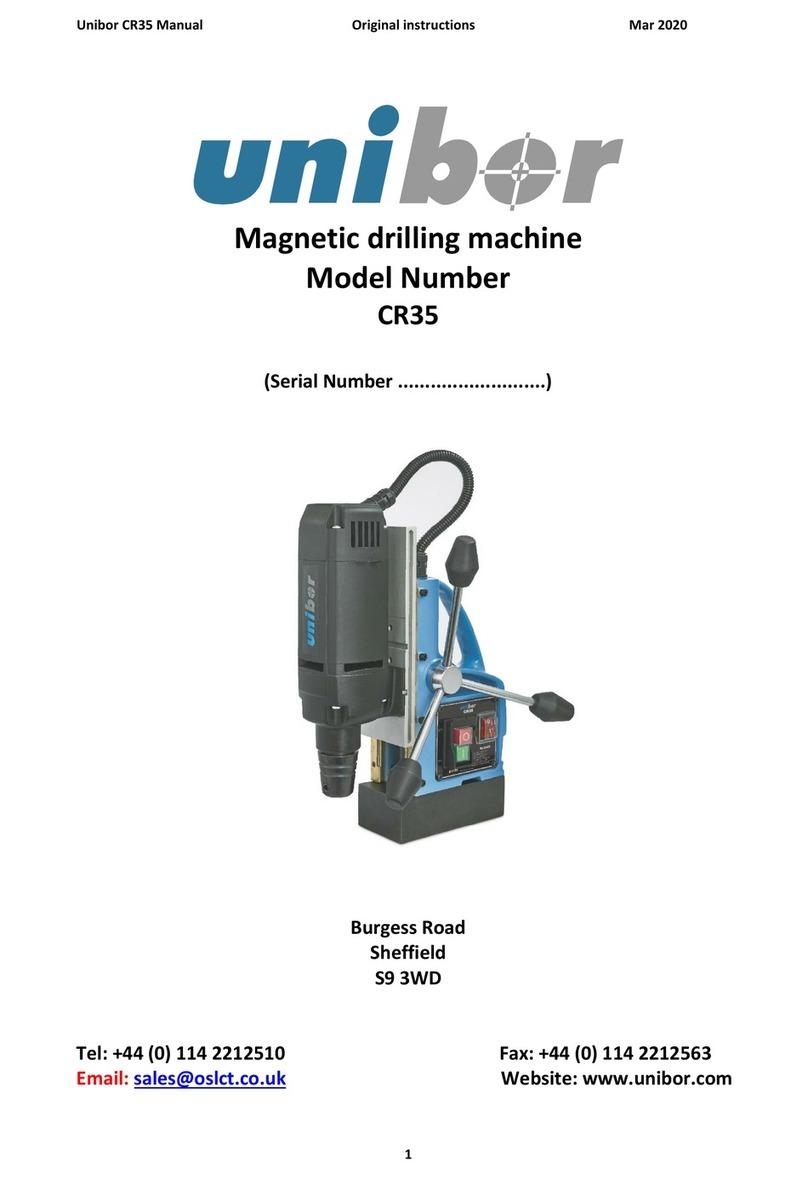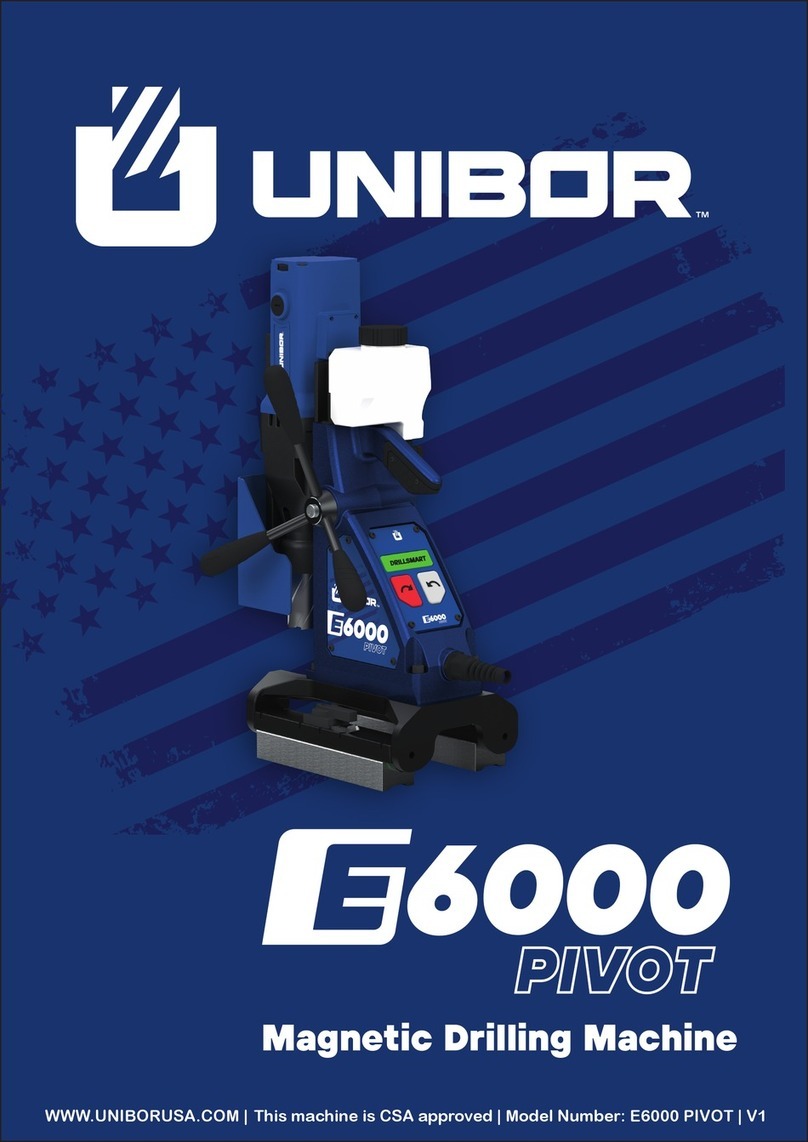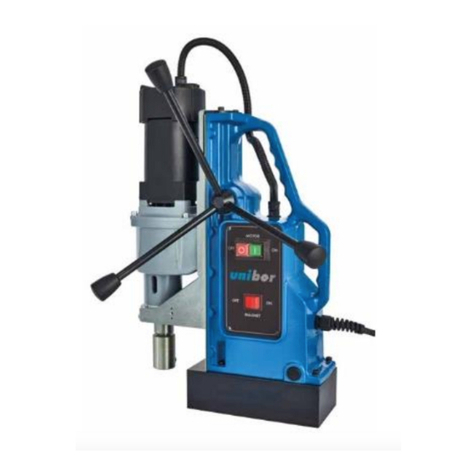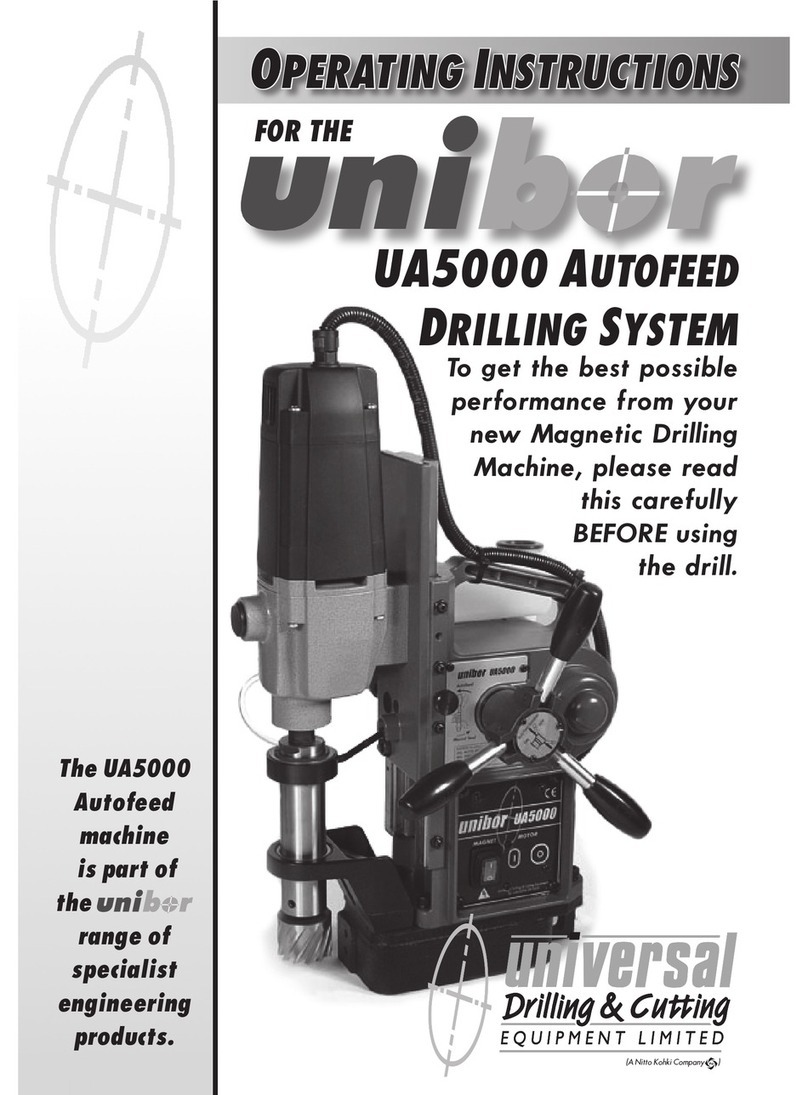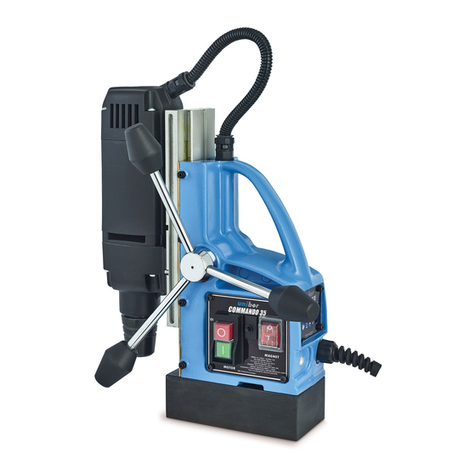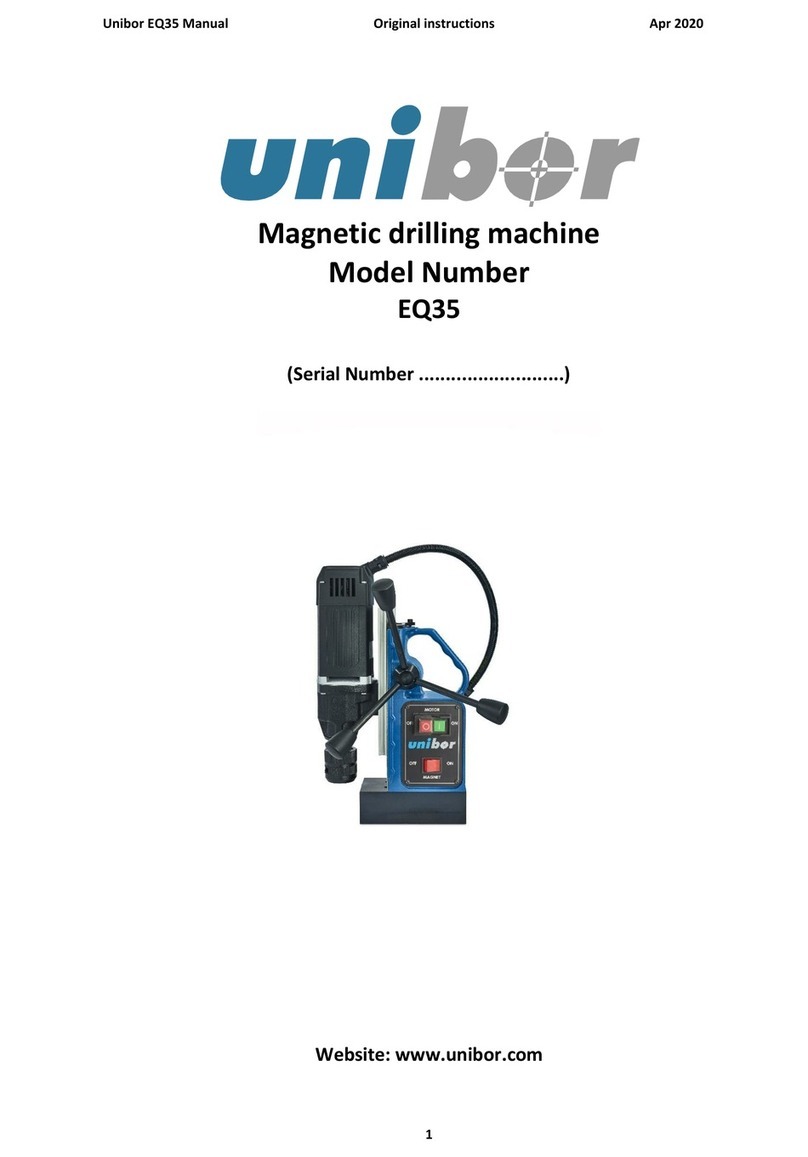Explanation of ATEX and Declaration of Incorporation
1 . Assess their products to prevent creation of an
explosive atmosphere or a source of ignition of an
explosive atmosphere.
2. Certify that when the products are properly
installed, maintained and used for their intended
purpose, they do not endanger the health and
safety of persons, animals or property.
The ATEX Directive recognizes that the probability
of a serious event occurring varies with:
- the explosive properties of the atmosphere
- the probability of the atmosphere being present
- the probability of the machinery causing an
explosive atmosphere
- the probability of the machinery causing an
ignition source
The ATEX Directive recognizes the need for
special conditions of installation, operation and
maintenance that must be followed to reduce or
eliminate this potential for a serious event.
The ATEX Directive requires a completed machine
be marked to indicate that the completed machine
has been certified for use in potentially explosive
atmospheres and to inform users of limits and
special conditions of use.
ATEX Directive Markings
ll 2 GD c llB Tmax X
serves as an example of an ATEX Directive marking
on a complete machine, where the following
symbol indicates:
1. Ex Mark:
signifies certification for use in an
explosive atmosphere, followed by
other symbols indicating the details of
that certified use.
2. Equipment Group:
- ll - Equipment Group 11 - Non-Mine use.
3. Equipment Category:
- 2 - Group 11 Equipment Category 2 -
Equipment in Category 2 is intended for
use in places classified as zone 1 or 21
(defined in standard EN 1127-1) in which
explosive atmospheres are only likely
to occur. Protection is ensured during
normal use and in the event of frequently
occurring disturbances or normal
equipment faults. Category 2 equipment
can also be used where Category 3
equipment is required.
4. Type of Explosive Atmosphere:
- G - Evaluation for explosive atmospheres
caused by gases, vapors or mists.
- D - Evaluation for explosive atmospheres
caused by dust.
5. Protection Method (Optional marking):
- C - Type of explosion protection per standard
EN 13463-5 in which constructional
measures are applied so as to provide
safety against the possibility of ignition.
6. Gas Group (Optional marking):
Gases are grouped by their MESG (Maximum
Experimental Safe Gap) and MIC (Maximum
Ignition Current), with Group A being least
explosive and Group C being most explosive.
Gas Groups are defined in standard EN 50014.
- llB - Certification for use in Group B which
covers gases with an MIC ratio of 0.45
to 0.8 and MESG value of 0.55 to 0.9
mm. If certified for Group B it would be
safe in Group A, which covers gases
with MIC ratio above 0.8 and MESG
above 0.9 mm.
7. Maximum Expected Surface Temperature
-Tmax-The maximum surface temperature in
degrees Centigrade calculated from the
measured maximum temperature with
corrections for ambient and a factor of
safety.
8. Special conditions required for
safe application, installation, operation and
maintenance (Optional marking).
- X - Indicates that there are special
conditions that MUST be followed for
the certification to apply.
